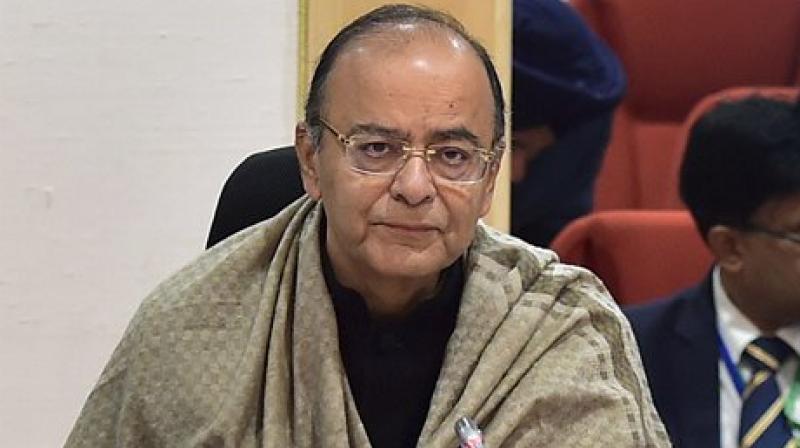Health boost in Budget, but more is expected

Finance minister Arun Jaitley needs to be congratulated for the major allocation he did for health in the Union Budget 2017-18. Health allocations to the health ministry and the Ayush ministry have increased to Rs 50,283crore, which represents a healthy increase of about 27 per cent over the allocation of Rs 39,533crore in the previous Budget. This growth in allocations is the highest ever growth in nominal terms in the last 15 years! In real terms too, after adjusting for medical inflation that’s expected to remain stable in the coming fiscal, it should represent a healthy growth. Many stakeholders were expecting still higher allocations for health. What could be the basis for the higher expectations ? One is India’s track record of low public health spending; and two, the absence of any announcement relating to the National Health Protection Scheme as well as lack of clarity in funding of some new programmes.
Low public health spending in India: No matter what indicator of government health spending is considered — as a share of GDP (1.3 per cent in 2014-15) or as a share in total government spending (4.8 per cent in 2014-15) or as a per capita spending (less than $20 in 2013-14) – India comes out poorly in comparison to its peers. However, government health spending in India has historically been low. It is wrong to expect a few rounds of annual Budgets to correct the distortion. Further, the Central government spends only 1/3rd of total government health spending. This means that a majority (2/3rd) of the government spending actually comes from the states. Therefore, states have an important role to play in increasing government health spending. With the implementation of the 14th Finance Commission recommendations, the role of states in funding of healthcare has only expanded.
At the state level, the issue with healthcare is not just about its financing. States are also responsible for getting health services delivered. That there are huge gaps in public healthcare delivery system is well-known. States understand well that healthcare delivery and financing are two wheels of the healthcare cart. Both wheels need to move in tandem. To get the states spend significantly more on health, delivery of health services must improve. This is not just a simple question of plugging of gaps in service delivery. The delivery system requires an architectural correction to make it responsive to the changing needs of the population, better management and higher accountability of the delivery system. This correction requires highest political commitment and strong leadership and vision in each state.
National health protection scheme (NHPS): The Prime Minister’s Independence Day speech of August 2016 and the finance minister’s Budget speech of February 2016 probably created expectations of the government announcing NHPS, which proposes to provide financial protection against hospitalisation costs of up to '1 lakh to the poor and also brings a larger population under its fold. Lack of such an announcement, belied the people’s expectations. The announcement of the scheme would have been a populist move to woo the voters in the five poll-bound states.
Similarly, unclear funding for some new schemes may have been a reason for disappointment among some stakeholders, for example, a scheme of cash transfer of Rs 6,000 to an expectant mother for promoting institutional deliveries and immunisation as well as the ambitious targets set for elimination of kala-azar and filariasis by 2017, leprosy by 2018, measles by 2020, and tuberculosis by 2025. Achievement of these targets is as much dependent on states’ capacities to implement and fund them.

